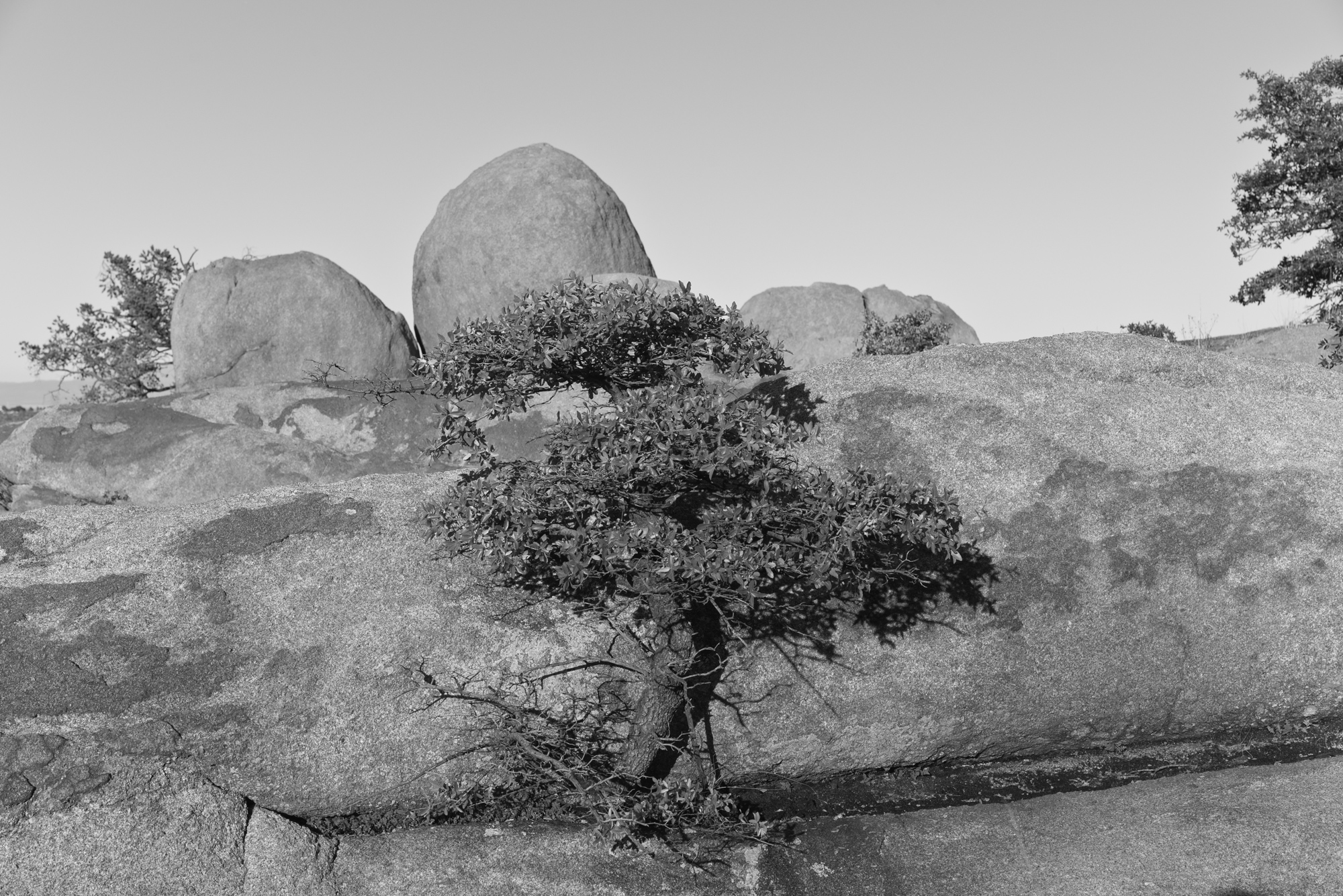… what is is movement. Actually what tends to make it difficult for us to work in terms of this notion is that we usually think of movement in the traditional way as an active relationship of what is and what is not. — David Bohm
This gets to a core condition — all is movement: movement/motion is creative (including our consciousness). It also suggests that a redirection of that movement is not really possible, as redirection itself as a concept is simply the mapping relative to a Cartesian or other reductive framework. That is, unless the redirection is thought of as a (the) outcome of processional (negentropic) attenuation of flows caused by life. Which suggests that life itself is essentially creative, an obvious linguistic tautology. But life, as a general phenomena, affects a wide range of arbitrarily specified flows (flows that can be viewed in a traditionally categorized way as being different). By this I mean that in addition to the base (chemical) energy conversion mechanisms that govern most life forms there are a vast, subtle, and complex array of expressions of these processes which biochemists have been slowly teasing out, but never reaching a finality on at all. Whatever the case, the flows can be said to follow more or less explicit pathways (although our traditional view of these pathways is largely informed by mechanistic understanding and reductive framing. It is also such that it is our implicate consciousness, our full and immediate apprehension of the phenomena that we sense, is part of that originary what is.
Memory is the prime example of the persistence of a pathway of flow. It is precisely the persistence that allows us to move through the world without each successive moment being a surprising cacophony of unpredicted and unrecognizable sensory impressions. While at the same time, memory is itself, as an element of consciousness, implicate to what is being circumscribed.
The process of thought is not, however, merely a representation of the manifest world; rather it makes an important contribution to how we experience this world, for, as we have already pointed out earlier, this experience is a fusion of sensory information with the replay of some of the content of memory (which latter contains thought built into its very form and order). — David Bohm
